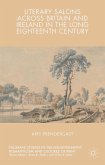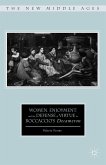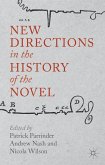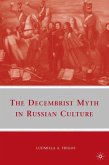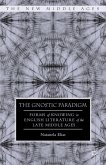This book offers a detailed exploration of the plot genotype, the functional structure behind the plots of classical fairy tales. By understanding how plot genotypes are used, the reader or creative writer will obtain a much better understanding of many other types of fiction, including short stories, dramatic texts and Hollywood screenplays.
'Terence Patrick Murphy's book makes a fundamental contribution to narratology. By combining linguistics, philology, philosophy and folk studies, and thanks to a huge knowledge of the critical literature, Murphy thoroughly investigates the structure and the limits of Propp's major work. This book is recommended to everybody interested in the study of narrative and theory of literature.' Luciano Vitacolonna, University of Chieti-Pescara, Italy
'In this book, Professor Murphy challenges one of Vladimir Propp's central tenets that 31 action types constitute the vocabulary from which, in a canonical sequence, genuine tale plots can be composed. By comparing such sequences to genotypes, he offers a rich set of counterexamples which call for an unbiased reconsideration.' Sándor Darányi,
University of Borås, Sweden
'In this book, Professor Murphy challenges one of Vladimir Propp's central tenets that 31 action types constitute the vocabulary from which, in a canonical sequence, genuine tale plots can be composed. By comparing such sequences to genotypes, he offers a rich set of counterexamples which call for an unbiased reconsideration.' Sándor Darányi,
University of Borås, Sweden


